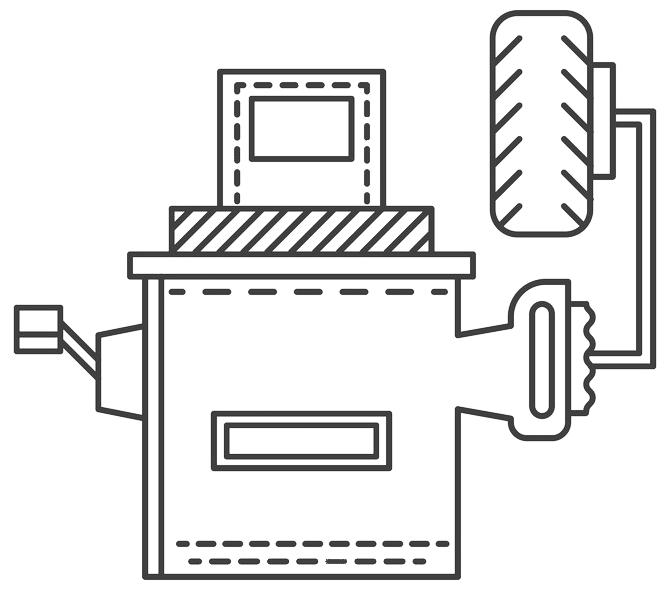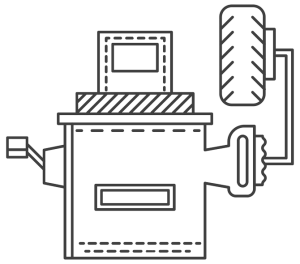
Will a wheel balanced on one balancer have different results on another?
Will a wheel balanced on one balancer have different results on another?

Many questions arise around the use of wheel balancers from various companies at short intervals. The answer to the question is also unambiguous and consists of many factors, also not entirely known. It is worth noting that the description is more inclined to thesis than to claim.
First of all, we must consider the balancing method that the manufacturer specifies. In this industry there is still a phenomenon of patenting, so theoretically every manufacturer should come up with his own way of balancing a wheel with his own machine. The method’s patent also involves the making of the machine – here the technological advancement of the machine, the quality of the materials from which it was made.
What else?
In addition to the above elements, the method of precise location of places for placing weights will also decide, the tire itself along with its quality, employee competence and can be exchanged so de facto indefinitely. The result of so many inaccuracies is the denial of our thesis – a wheel balanced on one balancer then checked on another it will show the result not the same but similar within the specified error limit. It can be + – 5g on steel rims, and on aluminum rims from 5 to 20 grams assuming that the rim is not skewed and has no undesirable protrusions.![]()
Many companies have similar solutions, thus balancing on their products would give similar results. However, such similarities are not presented to the public in advance for commercial and industry reasons (often a solution can be a business secret). For this reason, it is also not possible to determine whether a wheel balanced on a A wheel balancer will have a similar or the same result as on a B wheel balancer.
However, this should not be a surprise, just like everything working with other devices, such as tire changers. There, many factors also contribute to a correctly mounted tire.






